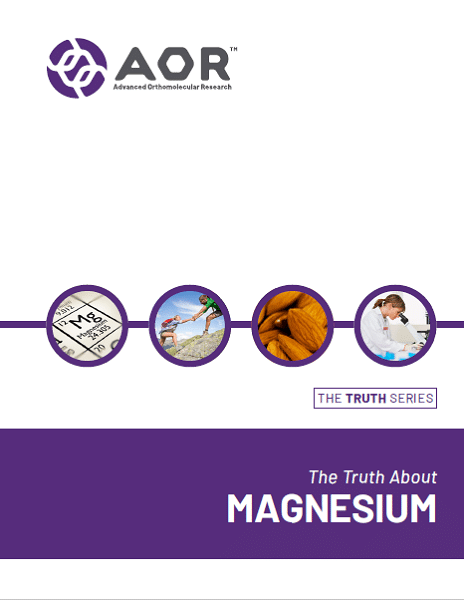The Truth about Magnesium explores the widespread (mis)use of magnesium supplements. Reviewing this key mineral’s role in the body, optimal absorption and health benefits of various salt forms. It further delves into common manufacturing practices that may reduce the efficacy of magnesium in the body. As well as tips and tricks to make the most of your magnesium supplement.

Let’s keep in touch
Don’t worry we only send updates monthly on offers, product changes, and new opportunities for you.
"*" indicates required fields
